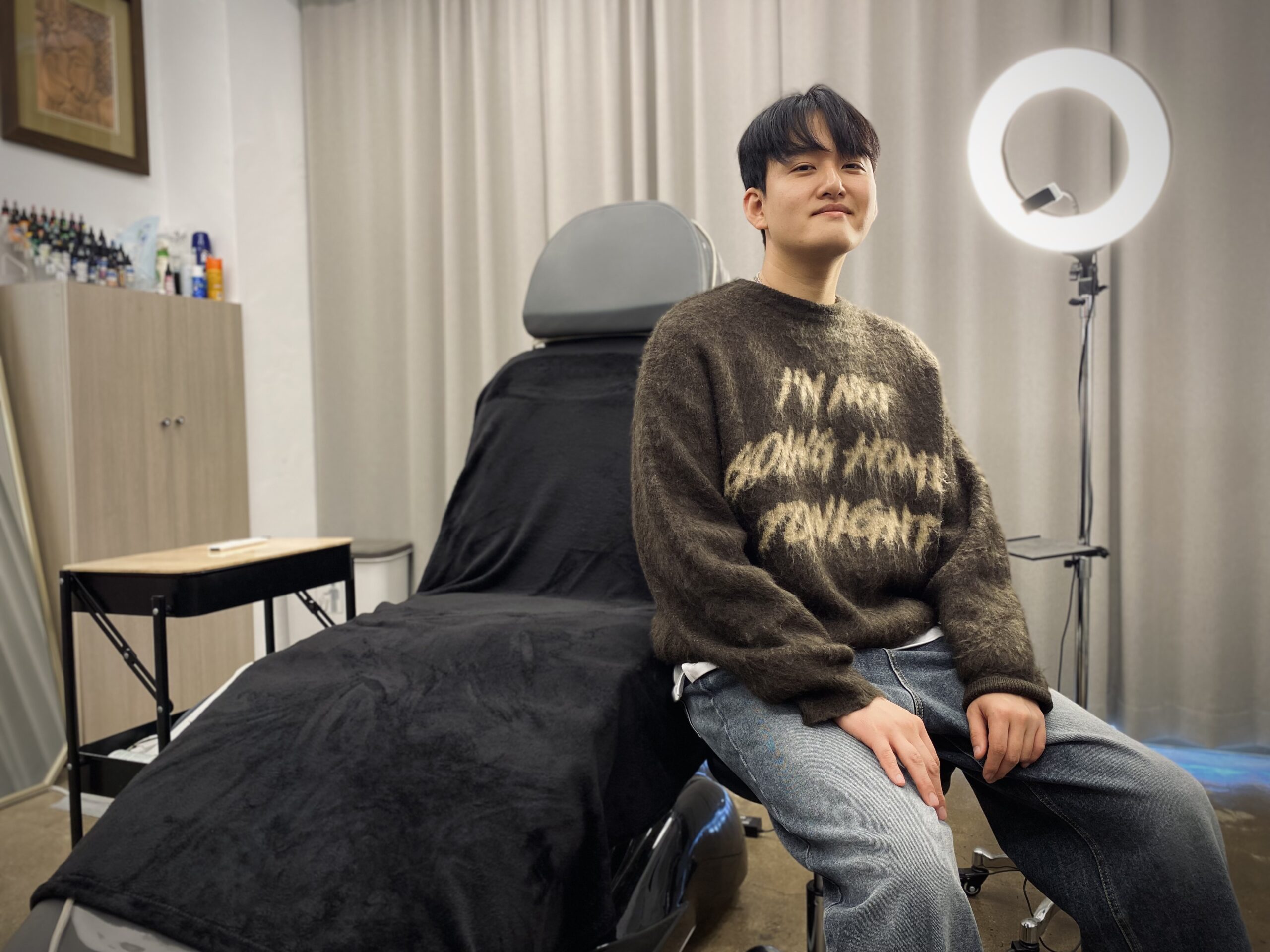A Chat with Bertha Bay-Sa Pan
“Vanessa is an independent woman working in the non-profit sector. She is the cornerstone for her family, acting as a sounding board for their relationship problems. Her father and mother are in dire straits for marital attention beyond work, her brother has fled a marriage only to crash indefinitely on her couch, and her obsessive sister jumps from one non-committal relationship to another. Yet they live in relative peace as long as Vanessa is able to intercede on their behalf. Then a face from the past shows up, confessing hidden feelings for years. He’s the stability Vanessa needs and the excitement she desires. But what’s best for Vanessa may not be what’s best for the family. With her attention elsewhere, the family falls apart. Only when they take responsibility for their own actions can Vanessa finally relinquish some of her responsibilities and pursue the man of her dreams.”
The synopsis for Almost Perfect reads exactly like a movie I would never watch if I were single. Fortunately I am a smitten man and, as such, felt romantically inclined to sit through the film with my significant other.
Director Bertha Bay-Sa Pan and I sat down after a matinee at the Gwangju International Film Festival (GIFF) to discuss the film and her hand in its creation.
It’s a love story, to be certain, but a love story unlike many seen on cinema screens. You see, Vanessa and her family members – and a majority of the onscreen characters – are portrayed by Asian actors.
Bay-Sa Pan was inspired to start working on Almost Perfect after seeing countless Asians typecast as doctors, scientists or other ‘intellectual’ roles. While the portrayal is more flattering than, say, drunk Canadians chasing beavers over ice floes, the director wanted the international public to understand that not all Asian people are intellectually gifted. Instead, she hoped to show that most people of Asian ancestry have regular lives with regular jobs and go through the regular dramas into which most other people – of any heritage – get mixed.
The film was a labor of love for Bay-Sa Pan. It was the story she herself wanted to tell. And though she had worked on various films throughout her career and enjoyed the efforts, they were still projects sponsored by studios. She always returned to the script of Almost Perfect with a renewed vigor, poking and prodding until the story finally matched up to her original vision.
But script is only a piece of the grander puzzle in cinematography. Bay-Sa Pan had to give faces to the characters. While she didn’t write the characters with real-life counterparts in mind, she knew exactly who would fit each role after seeing them participate in other films. The choices felt natural.
If each of the characters already looked good on paper, then the actors themselves really brought the characters to life, Bay-Sa Pan admitted. Kelly Hu truly brought her A-game and lent the urbanite Vanessa a homebody vibe with a sensual flair. But this was somewhat expected from the seasoned Hu; what really surprised Bay-Sa Pan – and the critical audience at large – was the delivery of pop star Edison Chen as love-hurt Andy Lee. He brought an agonized performance well beyond his years.
It should not really come as a shock, though, since Bay-Sa Pan encourages riveting portrayals by enveloping the characters in realistic surroundings. Almost Perfect was filmed in New York to establish the necessary sense of hectic employment and bustling recreation. It is, after all, a city that never sleeps.
Setting is essential to translating a character into reality, not only for the final audience but for the actor bringing said character to life. It is safe to say the accuracy of a movie set’s visuals only goes so far.
One of the tricks Bay-Sa Pan uses to inspire her actors is actually not that dissimilar from the method used by legendary Japanese director Akira Kurosawa. She stocks the sets with the necessities familiar to the space. For example, the drawers in her kitchen were filled with cutlery even if they never saw camera time. Likewise, shelves were stocked with spices and the refrigerator with sweet and savory dishes.
In this way, Bay-Sa Pan not only created the visual space with which her characters engaged, but also a space filled with aromas and flavors. She explained how a set outfitted with details enticing to all the senses rather than just visible ones motivates a more realistic performance.
When asked the typical question about gender and romance, Bay-Sa Pan turned it around as a query for each viewer: did Vanessa live up to what you think a strong female character should look like? She defended the seemingly evasive response by explaining how each person comes into a film with preconceived notions of masculinity/femininity and how those views are always challenged, regardless of the cinematic genre. She herself never wrote Vanessa as either a feminist or a housewife. She never intended any politics in the character. Vanessa was Vanessa and that’s all that matters.
Bay-Sa Pan left us with an interesting piece of trivia: the photo montage which occurred during the opening credits of Almost Perfect were actual photos from the actors’ youthful and adolescent years. The division responsible for it had spent hours editing the different photos and stitching them together to create a realistic family album, all without tipping off the director. When they presented her with the final product, she said she was stunned by the effort.
This film should not be glossed over as “just another romance.” Rather, it is an interesting study into the place of Asian culture within Hollywood as understood by Bertha Bay-Sa Pan, recipient of an MA at the Columbia University Graduate Film School and winner of the Director’s Guild Award for Best Asian American Student Filmmaker, as well as the Polo Ralph Lauren Award for Best Screenplay.



